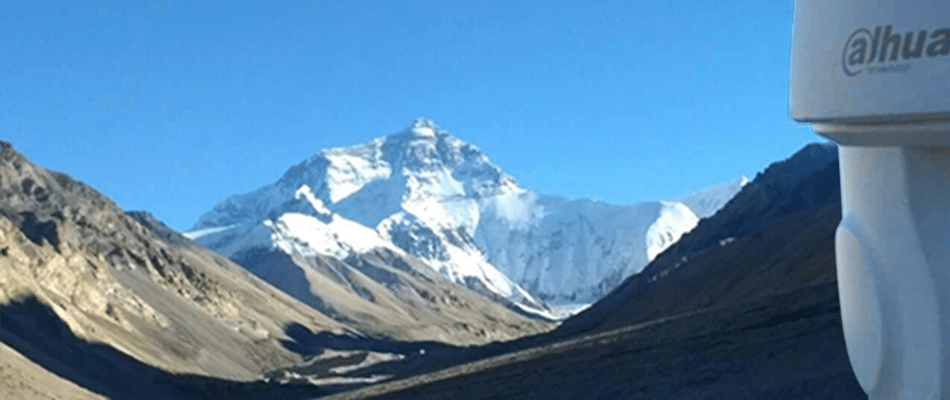Five tips to keep security cameras working this Winter


James Thorpe
Share this content
Cold weather can wreak havoc on your video surveillance system, but making sure that your cameras can survive the winter is sometimes an afterthought that occurs only when below-freezing temperatures have hampered their performance. Here is a handy checklist to keep your security solution up and running during the coldest months of the year.
Select a high IP rating
Cameras in cold climates need a weather-rated enclosure of at least IP66 to withstand harsh weather like snow and sleet. In addition, these enclosures should be checked regularly to make sure the seals are still tight. Humidity can cause condensation to accumulate inside the camera and turn to frost. Because of this, you should also take caution when moving a device from extreme cold to a fairly warm environment. If condensation is bad enough, it could short circuit internal components.
Look for temperature-tolerant cameras
Sometimes, double-checking the temperature rating when specifying a camera is all it takes to keep a video surveillance system up and running in cold environments. There are two main specs to understand: storage temperature and operating temperature.
Storage temperature is the temperature at which the equipment can be safely stored when it is powered off. Operating temperature is the air temperature of the environment when the equipment is powered on. If a camera has been stored below the recommended operating temperature, you should let it warm up in a warm environment, with the power off, until it reaches the operating temp.
To be sure you are specifying the right temperature-rated camera, Dahua’s datasheets list a minimum and maximum operating temperature, as well as a storage temperature range. Extensive tests are performed to ensure its devices meet these climate conditions.
Remember other components
Cameras are not your only concern. Low temperatures can affect other electronics. Wind and snow can quickly degrade improperly specified cable and unprotected connectors outdoors.
Surveillance components like NVRs with hard drives and LCD monitors will usually be in temperature-controlled environments so there’s little worry. However, there’s risk if those devices have been stored overnight in a vehicle outdoors in below-freezing weather and then immediately installed and powered on. Hard drives can fail or sustain damage because their lubricants thicken. LCD screens contain liquid, which can freeze and damage pixels.
Check security components in exterior locations before the seasonal temperature drops.
Try Dahua cameras
Dahua cameras have undergone rigorous tests to meet very tough standards which in most cases exceed the normal industry practice and the datasheet specifications. The purpose is to provide sufficient margins to ensure the product provides the utmost reliability expected of Dahua products when performing in the field.
One great example of a Dahua camera that is suitable for extreme weather conditions is the SD65F230F-HNI ultra-speed dome camera. It offers a powerful optical zoom capability and accurate pan/tilt/zoom functions, allowing the camera to catch every angle of the scene. It features Starlight technology that enables it to capture clear images even in low-light conditions. What’s more, its operating temperature ranges from -40°C to +70 °C (-40 °F to +158 °F) (with 95% humidity) and offers an ingress protection rating IP67, making it suitable for various application scenarios.
To know more about SD65F230F-HNI, check out this success story about how this camera monitors the weather in Mountain Refugio Collado Jermoso.
For applications that demand high-resolution video with advanced analytics or superior night-time images, you can select Dahua cameras with Full-color technology. The recently released Full-color 2.0 offers clear colour images even in low-light environments. It features cameras with dual lens, vari-focal lens, 4K resolution and AI functions. For more information, check out this page.
Temperature resistance is a critical aspect of any security solution and should be carefully considered when choosing a camera. Whether it is rain, ice, snow, or heat, an outdoor surveillance camera is subject to extreme weather conditions that can cause components to fail or freeze. Thus, choosing the right camera for your surveillance monitoring based on the nature of the scene is of paramount importance.



